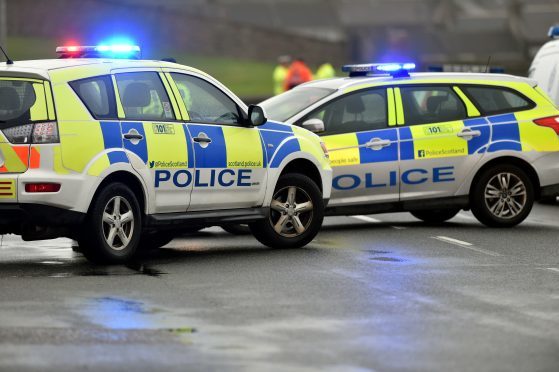Roads across the north and north-east are becoming safer – but accidents still claimed 50 lives last year.
The toll for 2015 – the first full year after Scotland’s drink-drive limit was reduced – showed 14 fewer people died in crashes on north and north-east roads. The number of serious injuries was down from 448 to 383.
Nationally, 168 people died in road crashes compared with 203, according to statistics released yesterday by Transport Scotland.
Aberdeenshire recorded the worst figures, with 19 deaths (26 in 2014) and 154 serious injuries (177 in 2014).
There were 14 road deaths in Highland (19) and 61 serious injury accidents (69).
Six people died in crashes in Argyll and Bute last year compared with four in 2014 while 51 people were seriously hurt, down from 55.
Aberdeen City recorded five fatals (six in 2014) and 74 serious injuries compared with 87.
There were two road accident deaths in Moray last year as there were in 2014, but 35 serious injuries compared with 47 in the previous 12 months.
The Western Isles witnessed one fatal crash compared with four in 2014, and four serious injuries which was two fewer.
Orkney had no fatal crashes (two in 2014) and one serious injury compared five the previous year.
Shetland, alone, saw an increase in road deaths – three last year compared with one in 2014, and three serious injuries compared with two the previous year.
Highlands, Islands and Moray regional Labour MSP David Stewart welcomed the overall reduction but was in harmony with Scottish Transport Minister Humza Yousaf saying one death was “one too many.”
Mr Stewart said: “What concerns me is that a recent Transport Research Laboratory document highlighted that in Scotland 12.5% of all road collisions involve drivers aged between 17 and 19. If a pilot ‘graduated licence’ which I have campaigned for was introduced there could be up to 45 less deaths and up to 299 less casualties.
“In Highland and Grampian, 15.7% of collisions involve a driver between the ages of 17 and 19. If we had a graduated licence scheme in these areas alone, we could save up to 13 lives and 64 casualties. So, there’s still much work to be done.”
Humza Yousaf said: “Scotland’s road safety framework has an ultimate vision of zero fatalities on our roads.
“These figures confirm the downward trend in casualties, that key milestone reductions are being met and we are on track to continue to achieve casualty reductions towards our 2020 targets.”
The statistics update provisional figures published in June.
